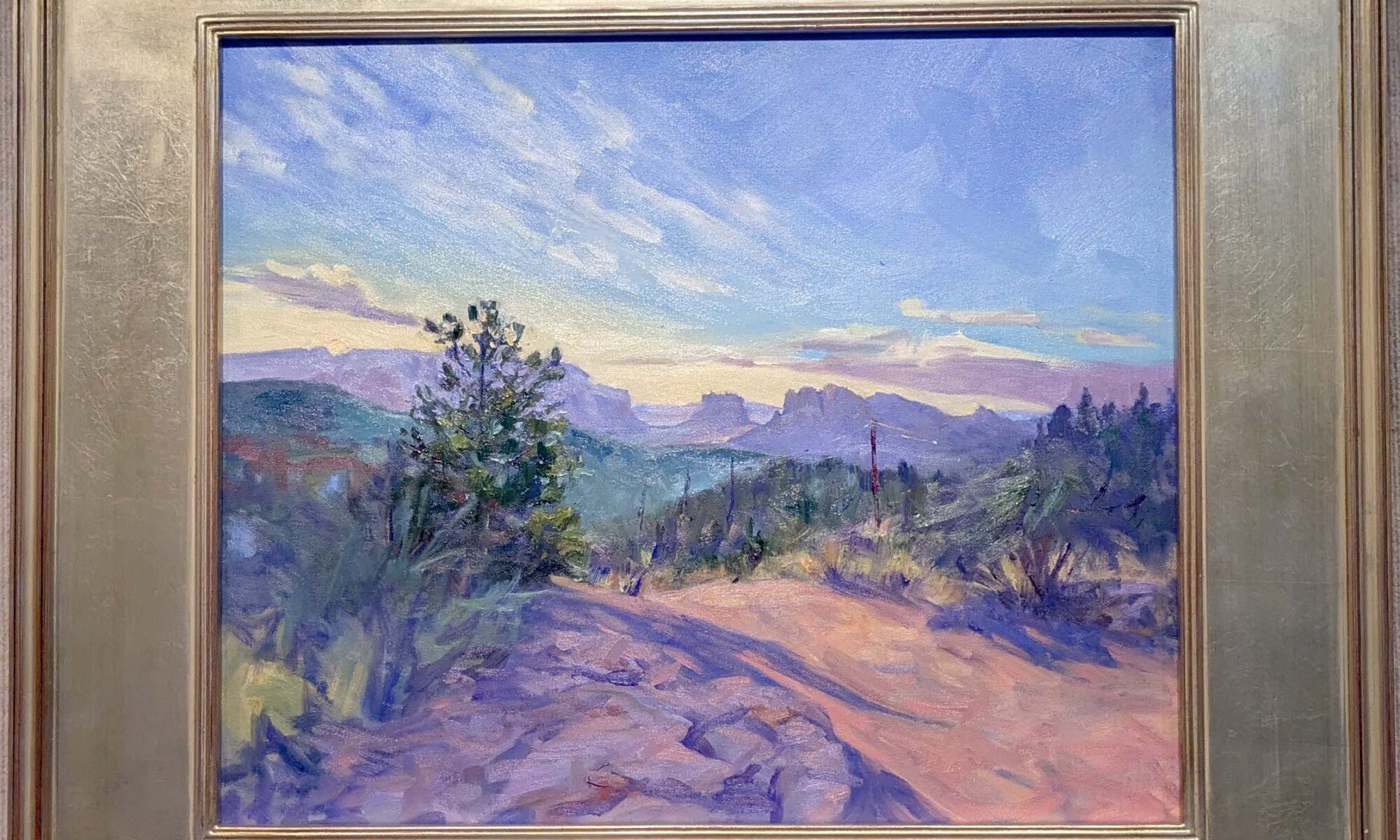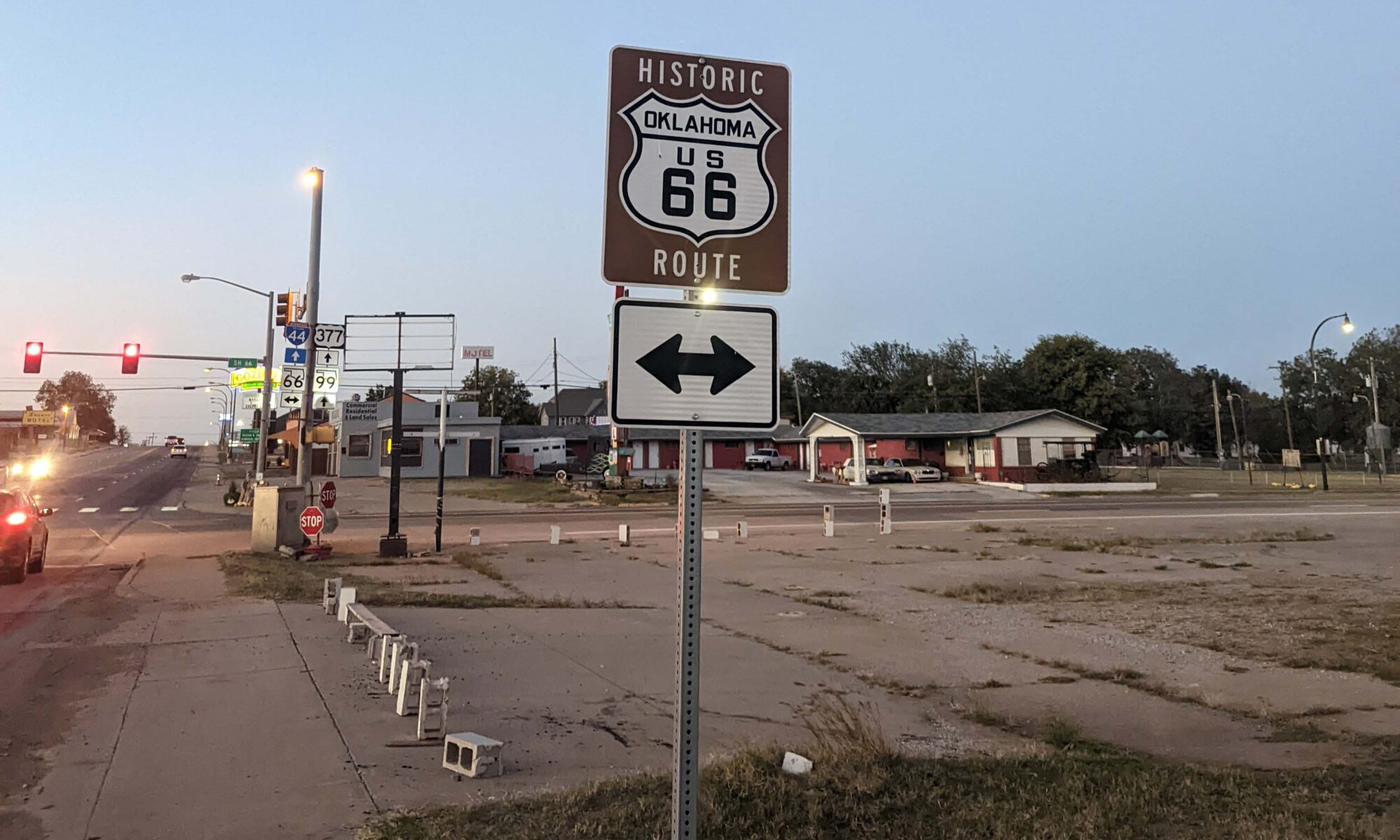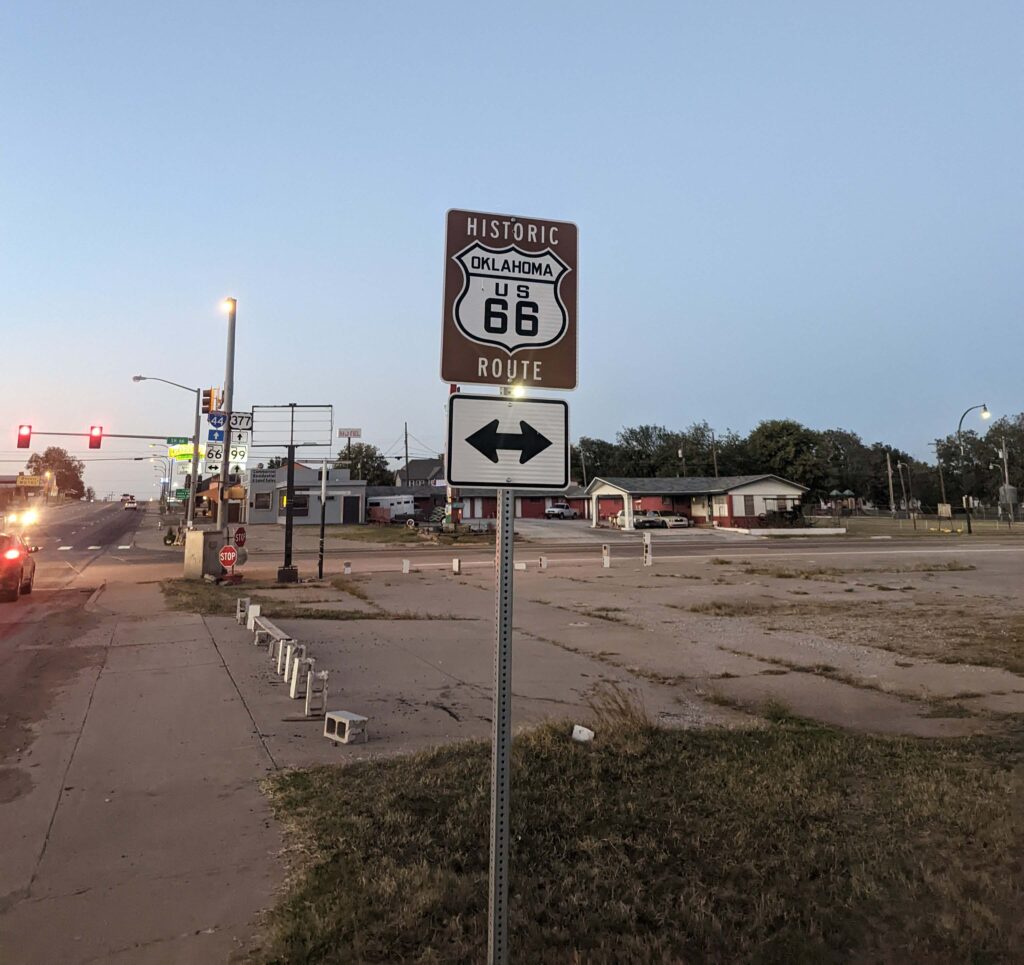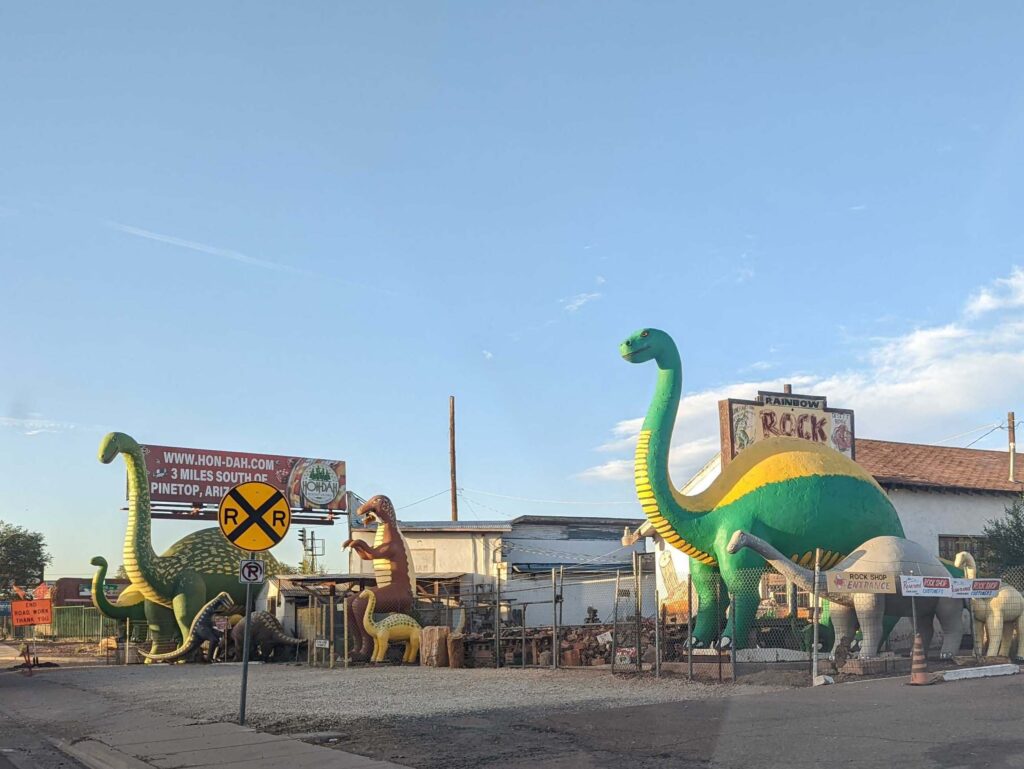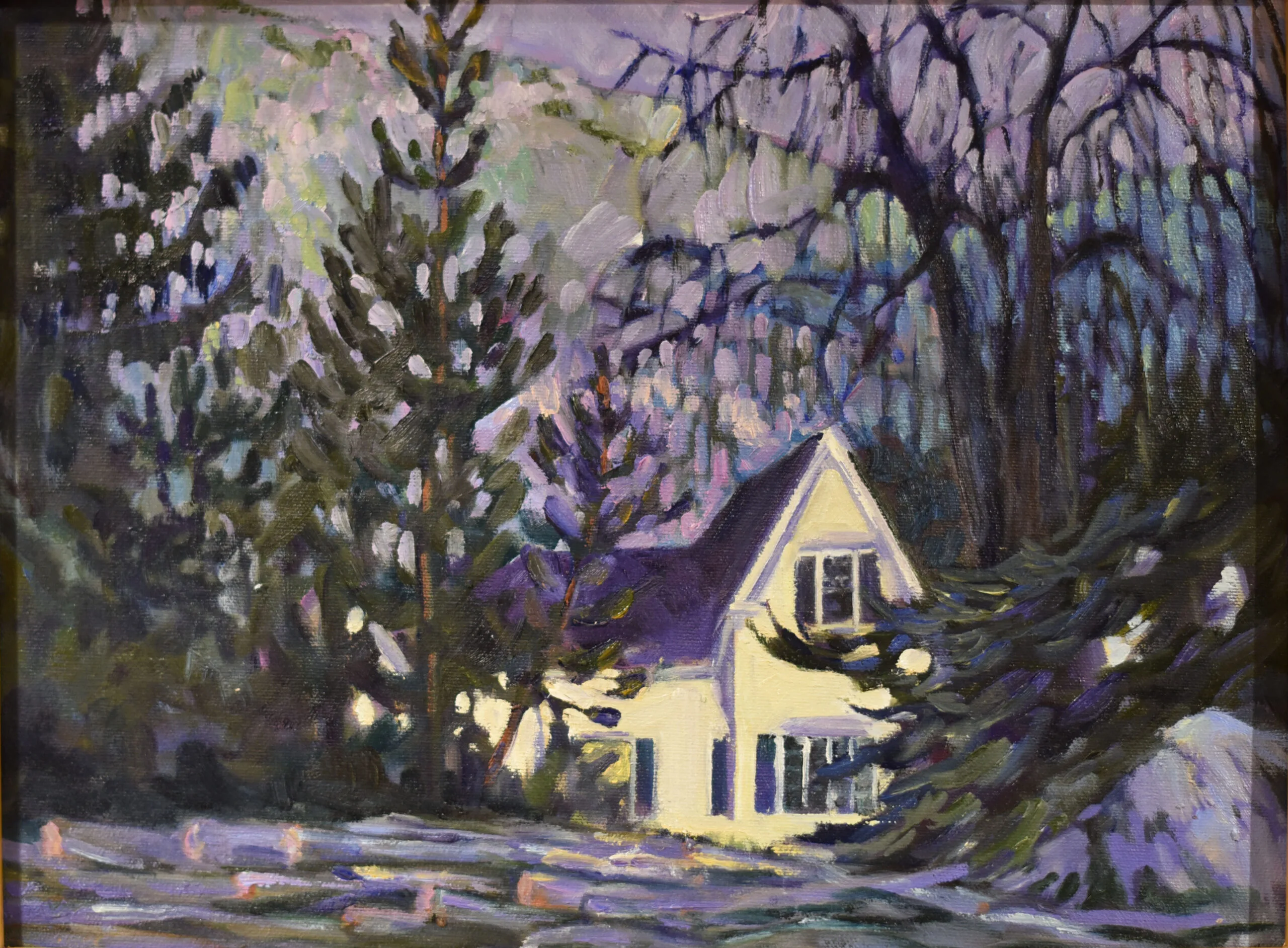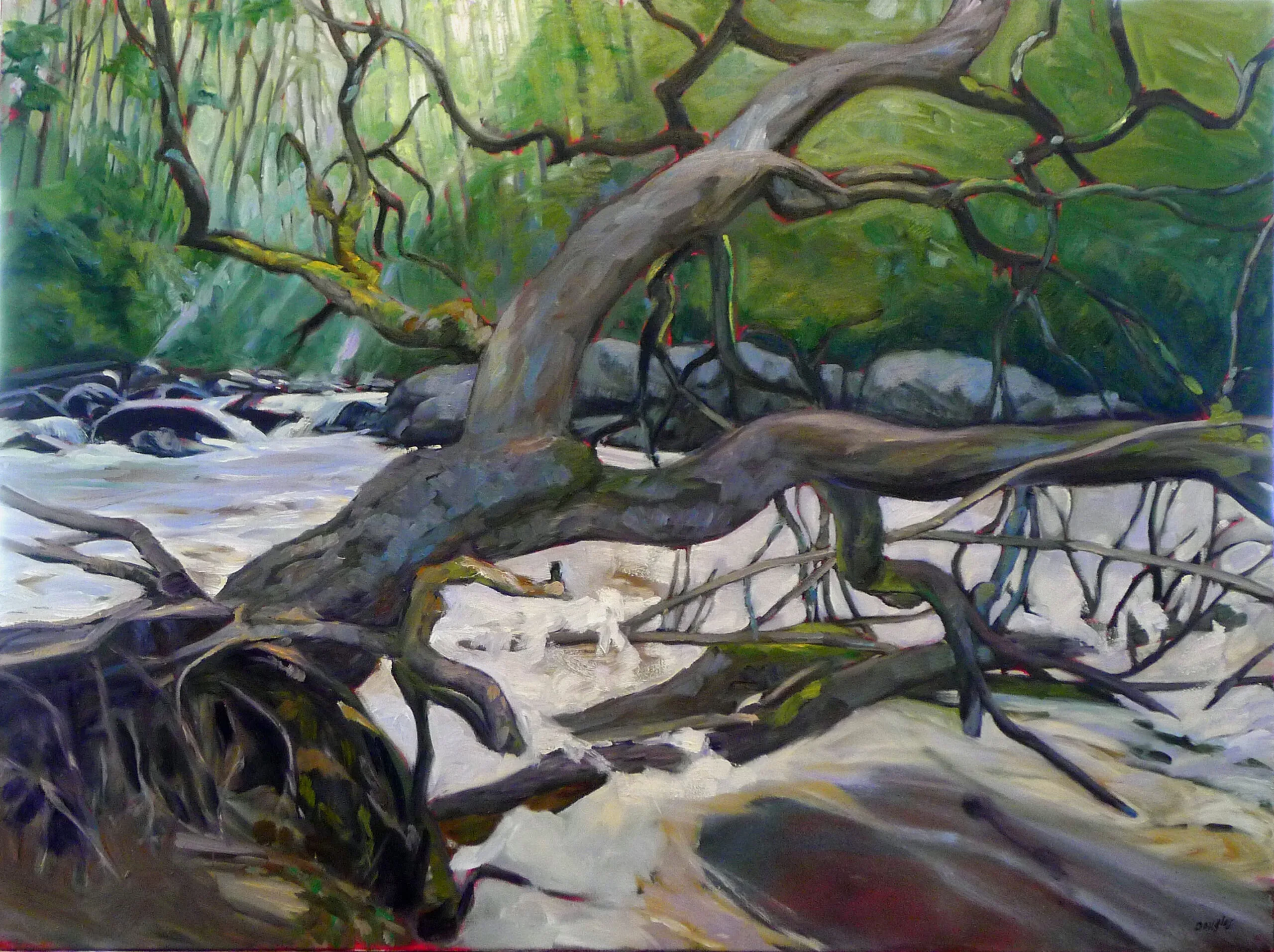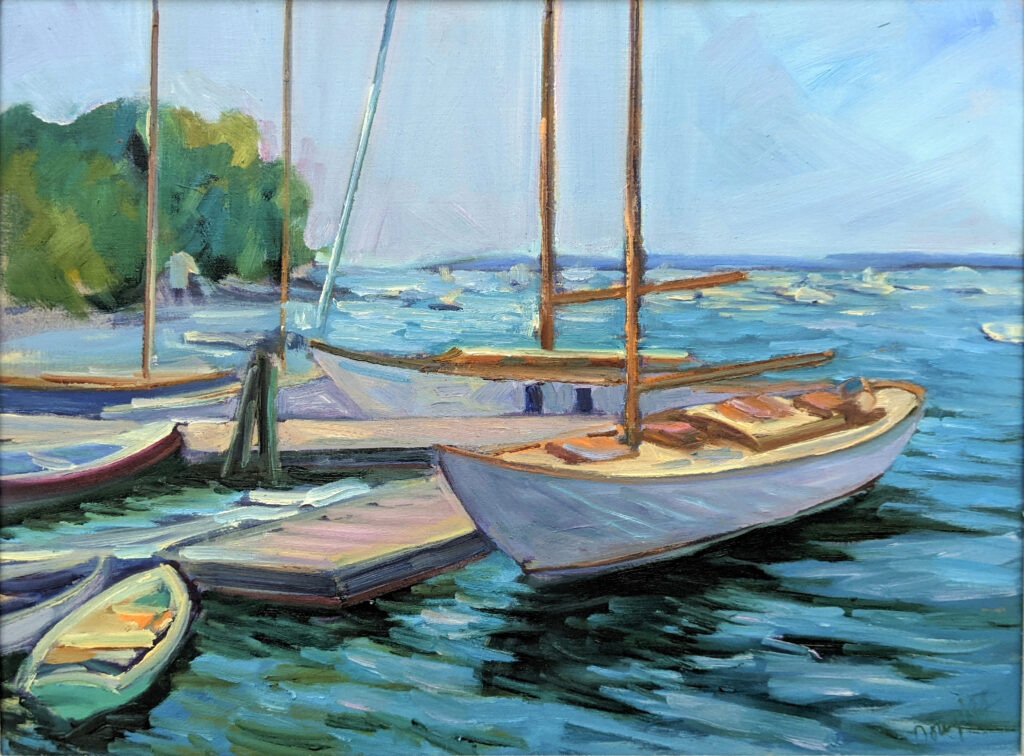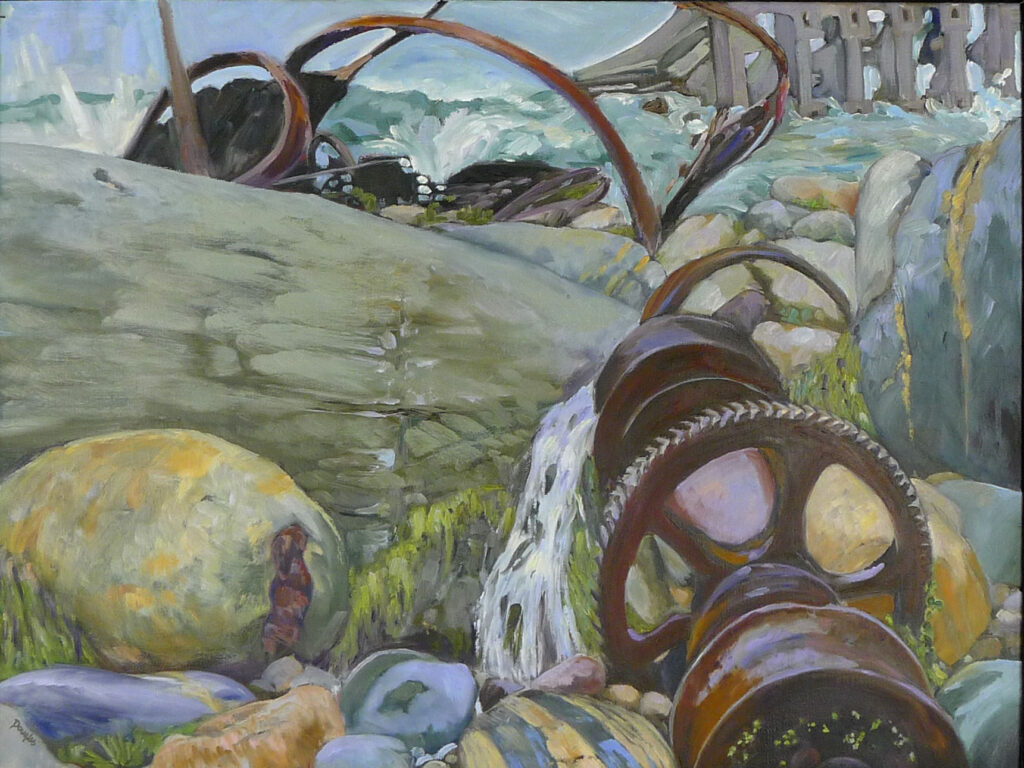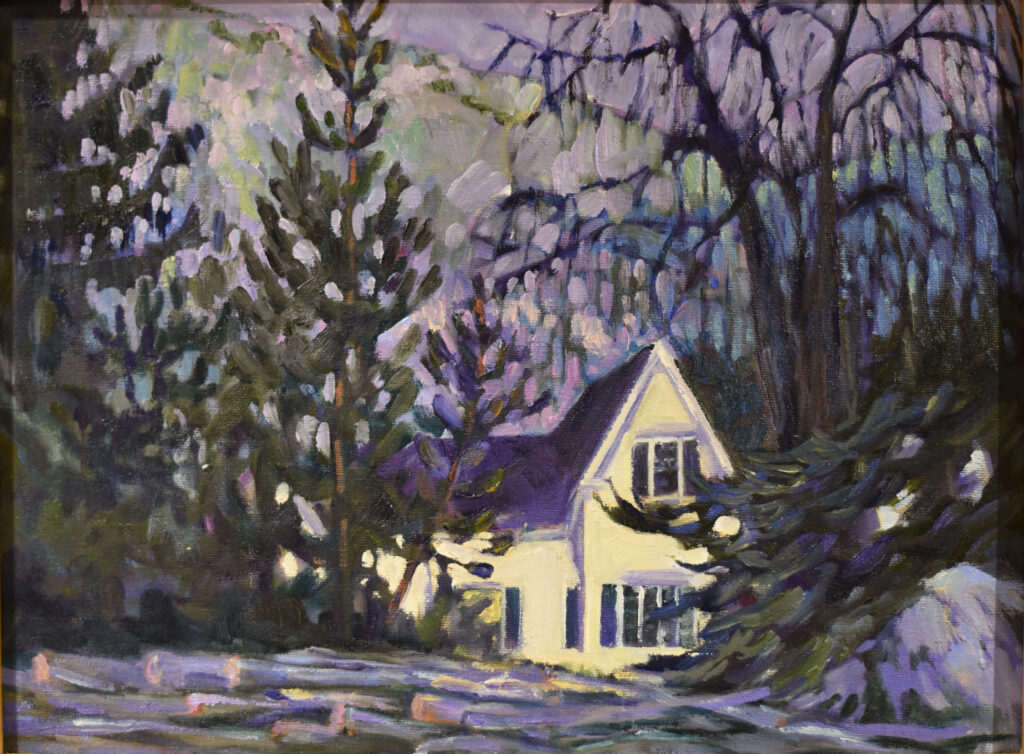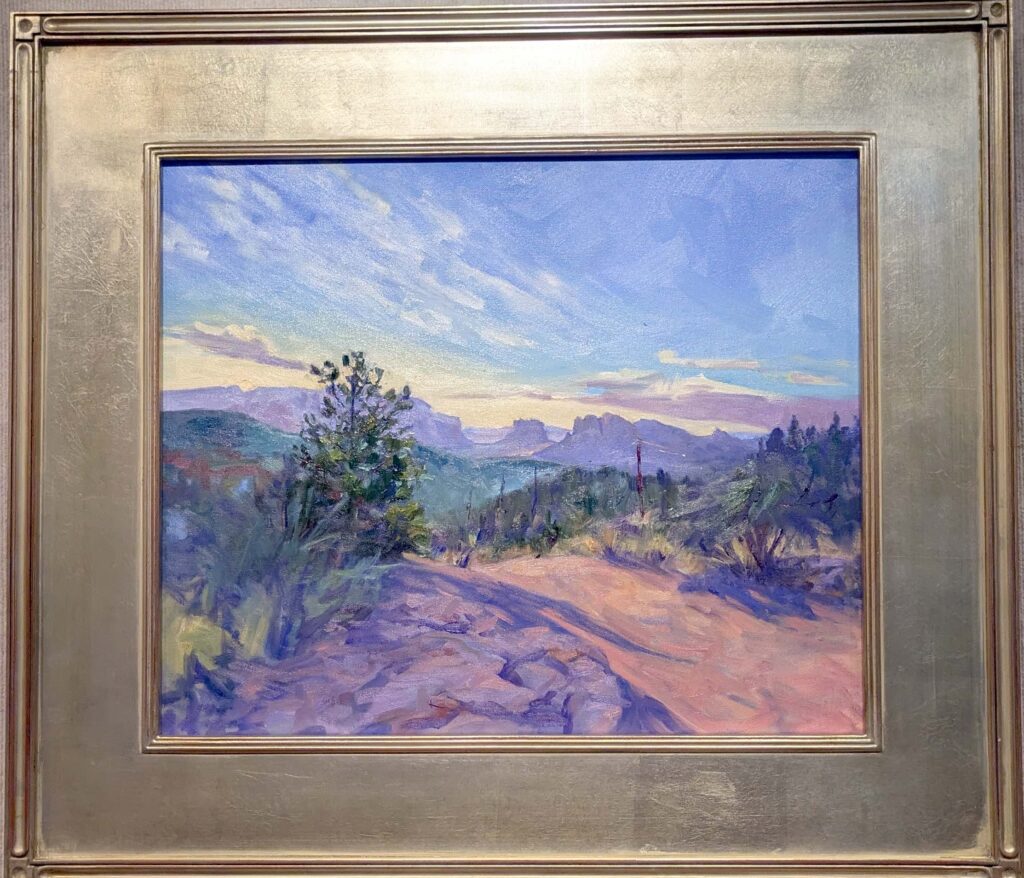
Years ago, I took a master class from a nationally-known painter, through a nationally-known art institute. After a day, he asked his monitor, “who let these people in?” It was rude, but I saw his point. No effort had been made to ascertain whether students were competent to take a master class.
It was a waste of time and money for all involved. Neither the beginners nor the advanced painters benefitted, and the instructor was frustrated. (Not that I’m certain he had a lesson plan, but that’s another issue.)
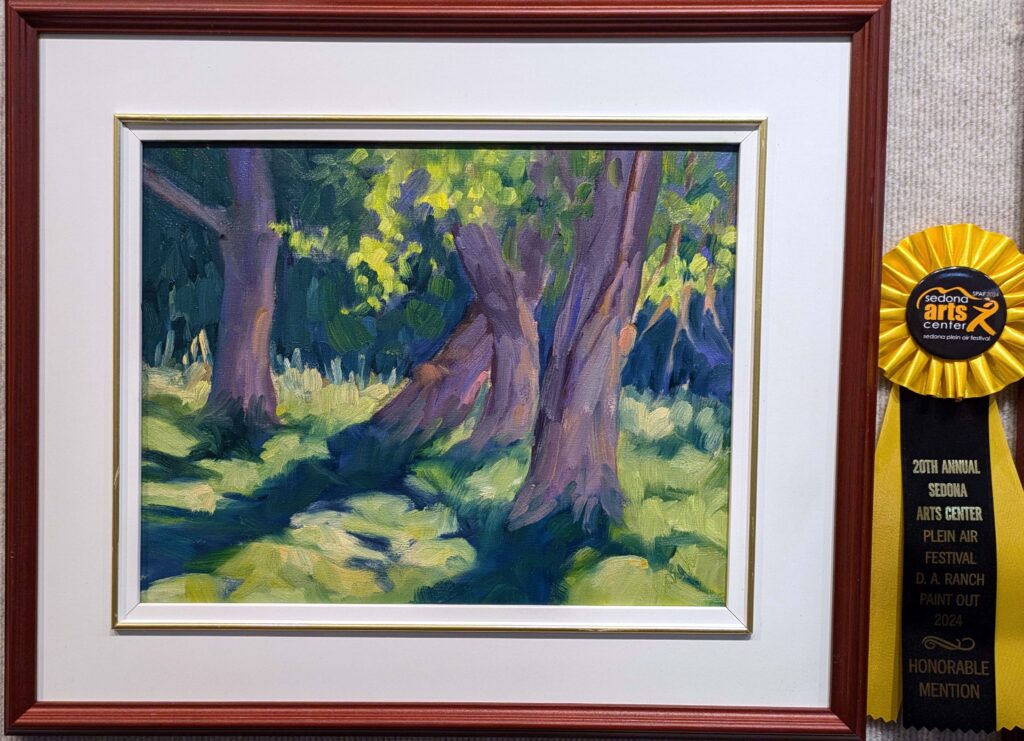
I’m teaching an advanced painting workshop next June, and I don’t want to repeat that mistake. I’m reviewing portfolios now. I hate hurting people’s feelings, and I know that some people will find the portfolio review process painful. However, I owe it to everyone to be straightforward. All my workshops benefit students at more advanced levels. Many professionals (by which I mean people who are regularly selling paintings) have taken them and benefitted. However, this particular workshop is directed toward people with a specific foundation in process and design.
If you need more fundamentals and you’re an oil painter, you can take my online Seven Protocols for Successful Oil Painters.
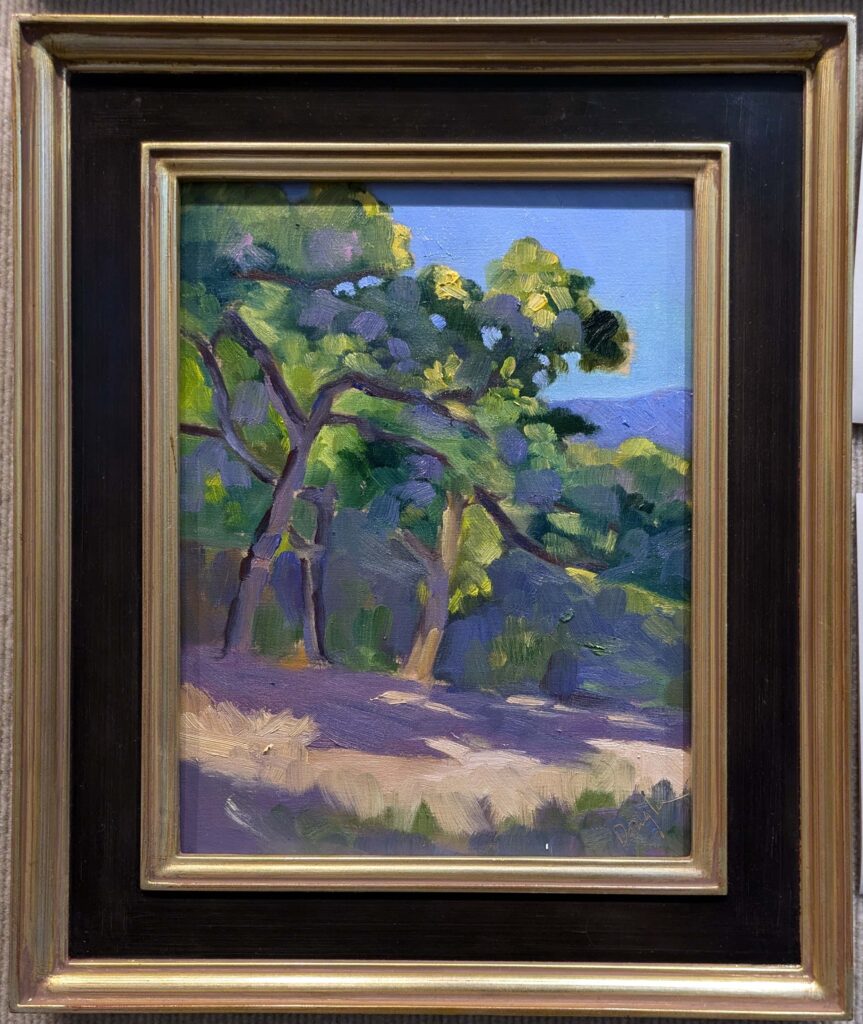
What am I looking for in an artist portfolio?
- Are the fundamental orders of operations of painting (which differ for different media) understood and respected?
- Does the artist understand color theory?
- Does the artist understand the fundamental rules of composition?
- Is there mastery of technique?
- Is there a coherent value structure?
- Is there developed brushwork?
- Is there consistency?
Don’t let that intimidate you
I’ll be absolutely honest with you about whether you should take this workshop or another one, but don’t let fear dissuade you. Many of you are finer painters than you realize.
I had an epiphany courtesy of Laura Bianco this week. She has been telling me for several years that she doesn’t care about the judging, or the competition. I found that difficult to understand until today. I suddenly realized that all that matters is that I’m here. Considering how long it’s taken me to arrive at that home truth, I can’t expect you to suddenly buy into it, but I promise I’ll write more about it later.
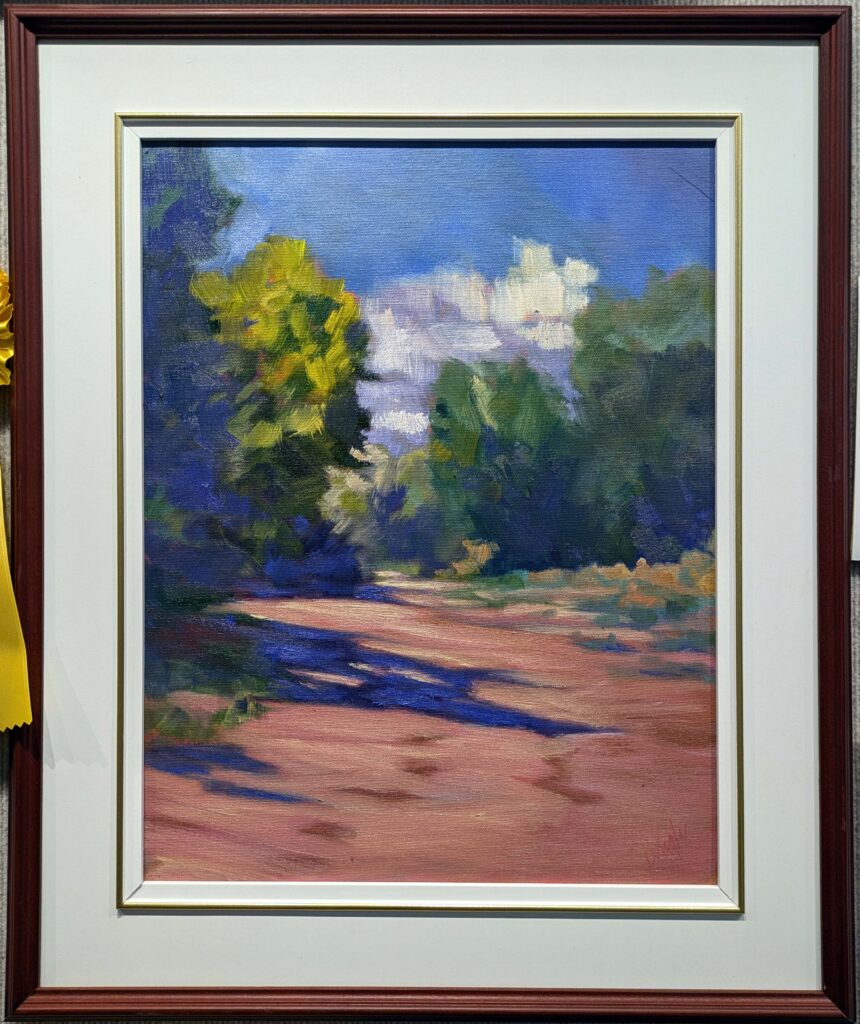
However, cut me some slack, timewise
I’m in the middle of a very long event, the 20th annual Sedona Plein Air Festival. I’m trying to get to emails and texts, but it’s an uphill slog. I spent 14 hours (you heard that right) on Dawn on Upper Red Rock Loop Road this week, and I’m beat.
Reserve your spot now for a workshop in 2025:
- Advanced Plein Air Painting, Rockport, ME, July 7-11, 2025.
- Sea and Sky at Acadia National Park, August 3-8, 2025.
- Find Your Authentic Voice in Plein Air, Berkshires, MA, August 11-15, 2025.
- Immersive In-Person Fall Workshop, Rockport, ME, October 6-10, 2025.

